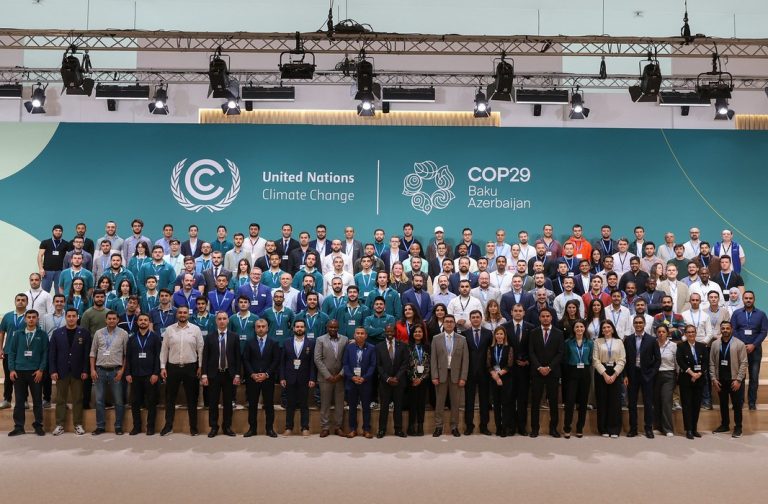Guest post by David Wojick
Diplomacy is indeed the art of not agreeing on anything in the “financial agreement” of COP29. There is no substantive agreement here because the agreement has no substance. One day, both sides will get their numbers and that's all.
Let's look at the actual text and see there's nothing there. But first think back to what should happen. The Paris Agreement commits developed country members to provide $100 billion per year to developing countries by 2025.
The fiasco began when developing countries asked for a whopping $1.3 trillion. This set off a series of indirect steps that resulted in the current agreement being very different from what was intended.
First, the $1.3 trillion annual payment already exists, but it's “through 2035,” so ten years from now, not 2026. These men are sticking to their five-year plans.
Furthermore, this money does not necessarily come from developed countries, and certainly not from their governments. First, it comes from “all public and private sources.” Second, the eligible sources have been expanded to include all developing and developed countries.
These two provisions fundamentally change the concept of climate finance. It used to consist mainly of government funds flowing from developed to developing countries. Any climate-related investment or contribution from developing countries now seems important.
Solving this problem will be extremely challenging. For example, if China builds an offshore wind farm themselves, and they are building a lot of wind farms, is that climate finance? What if they built it in Indonesia?
Oh, and it looks like coal-fired power plants are important, too. In early drafts of the deal, coal plants were excluded from the calculation because it was done in the name of adaptation. When extreme weather strikes, having power definitely helps. But the ban did not appear in the final agreement, so the practice appears to be allowed.
There's another big number, $300 billion a year. This is widely expected to replace the $100 billion per year set by the Paris Agreement by 2025. (originally $100 billion)”.
This is incorrect because the new deal also says the target is “by 2035”. Nor does this distant funding necessarily come in full (or in part) from developed countries, as the $100 billion per year must. The new agreement simply says “the developed country Parties will take the lead.” (Party refers to the Paris Agreement.)
“Take the lead” is an extremely vague concept. That could mean paying more than half, say $151 billion. Or just be the largest donor of, say, $20 billion. Or even just run a series of promotions to attract private investors to invest, which could be just a few million dollars.
The overall fiasco becomes clear when we ask what are the financial requirements or targets for 2026? There are no other years before 2035.
In short, this is a huge mess and not at all what the Paris Agreement calls for. Regulatory chaos is an area I have worked in for many years and this is the worst I have ever seen. But that's what you get when a big, complicated deal is struck at 2:40 a.m. on a Sunday morning by people who haven't slept much in days.
Of course, the next few COPs and many smaller meetings will be devoted to sorting out this hopelessly vague and grossly misrepresented agreement. Or if they want to wait until 2035 and have no funding until then, I can do that too.
An interesting addition is that the total cost of official climate plans in developing countries by 2030 is reported to be approximately $10 trillion. .
The big money game has just begun and it's chaos. Stay tuned to see how it plays out.
Relevant
